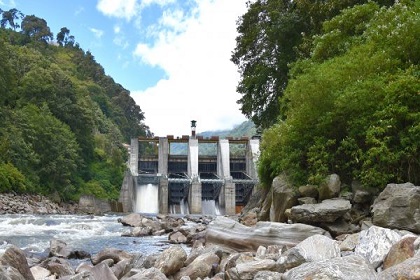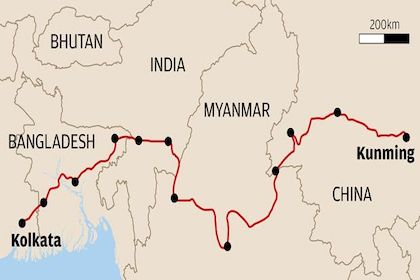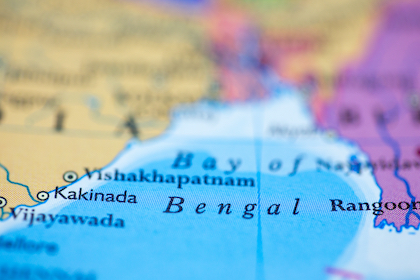Indian GI: Local Goes National Goes Global
Geographical Indication (GI) tags denote a good's specific physical origin. These are potential revenue-generators for India. Combining government support with its e-commerce network, India can empower MSMEs and women-led cottage industries to compete with large companies by building a strong GI ecosystem. The Make in India initiative and GI can together provide an impetus to social and economic growth in India.










